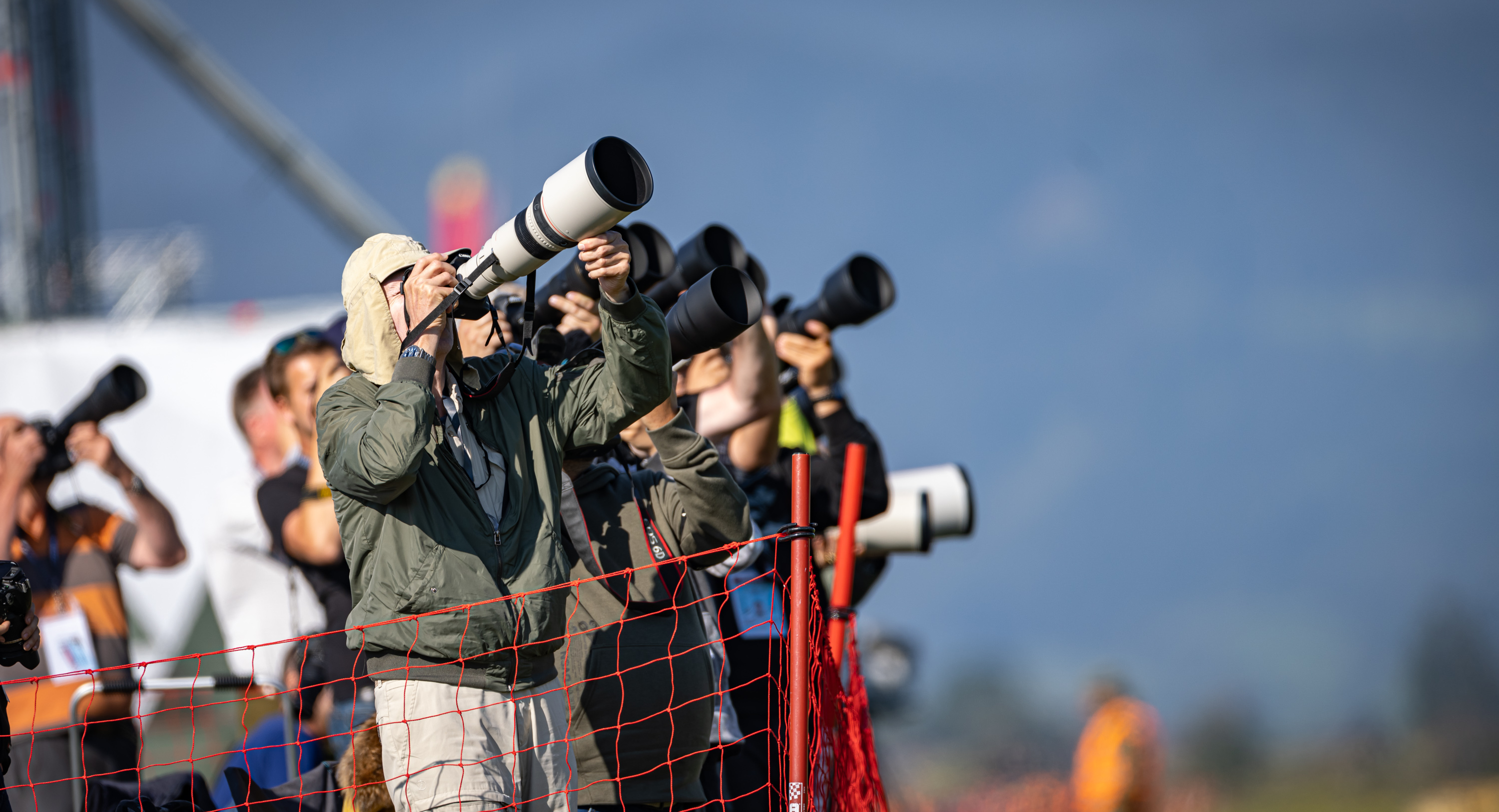
With the Su-29, the Sukhoi company, founded in 1939, developed a training aircraft for the Russian military. Accordingly, no expense or effort was spared in either development or production. The aerobatic plane requires incredibly complex operation. Although the pilot is relieved, for example, by an automatic air-fuel mixture adjustment, starting alone is a procedure. The starter, driven by air pressure, blows compressed air into the cylinders located in the cycle.
A simultaneously ignited rain of sparks brings the radial engine to life, which awes with its incomparable sound. The 360hp Vedeneyev M-14 P, a 9-cylinder radial engine with compressor, drives the 2.6m-diameter propeller. The bladed shutter in front of the motor works like a camera shutter system and serves to regulate the temperature of the cylinders. Here, too, the pilot is required to always maintain the correct operating temperature.
If one looks closer at the construction of the Su-29, everything is manufactured exclusively according to military standards. The lines are colour-coded for their respective functions: Air is blue, fuel is yellow, and oil is brown. All switches and operating elements are extremely solidly manufactured. The cockpit canopy’s emergency release system is so cleverly designed that it is released from the anchorage in a controlled manner. Faulty operation on the ground would occupy a mechanic for at least eight hours in order to restore it to working order.
The chassis consists of two milled and subsequently welded titanium profiles. The wings, tailplane, and vertical stabiliser are made of carbon fibre, as is the rear fuselage section. The cabin area of the tandem two-seater is a lattice tube construction. If one looks at the huge ailerons, one would not be surprised that they require the support of spades (blades to reduce the aileron forces) – twice per rudder. The massive joystick is even less surprising. The Su-29 can only be flown with two hands on the stick during aerobatics. A continuous steering cable and an incredibly long pedal travel minimise the high forces on the rudder. With all its components and its extremely complex operation, the Russian buffalo is actually completely over-engineered and anything but easy to fly.
The Su-29 needs about four times as many maintenance hours than a comparable Western aerobatic aircraft such as an Edge 540 or Extra 300. The pilot also needs the same factor more in training hours as for the smaller and lighter aerobatic planes from the USA and Germany. This is partly due to the extreme torque and gyro effect of the giant propeller. It is also due to the massive engine cowling and the resulting high drag as well as the 1.2 ton take-off weight, which makes the Su-29 about 50% heavier than the Edge.
The Flying Bulls’ Sukhoi Su-29 was manufactured in 2002. It is one of the models intended for the American market. These machines were factory equipped with high-quality components such as Cleveland brakes, the premier avionics of the Western world and a special fuel computer. Every single step is documented. Thus, the Su-29 has a complete history and a specially checked and stamped document for each component. When she passed into the ownership of the Flying Bulls, she was second-hand and had just 130 hours of flying on the fuselage and engine. The Su-29 was almost like new.
The Sukhoi is a unique aerobatic aircraft, difficult to fly, critical at the limits, but it shows unique talents in aerobatics which are simply asking to be mastered. It also impresses with its perfect technology and with the unique sound of its radial engine. Due to its sheer size, the now Austrian bull looks almost like a flying dinosaur next to an eagle when it flies alongside the Edge, Extra, and Co.
Sukhoi Su-29
Technische Daten :